My previous post, 10 Biggest Engineering Projects in the World, presented a mixture of completed projects, those that have yet to come to fruition, and others that have been nixed on the drawing table - all of which were massive in terms of scope, size and cost.
This post focuses on engineering projects of the last decade. They represent unmatched engineering feats which, despite seemingly insurmountable obstacles, have managed to see the light of day. Although two of the projects – the Three Gorges Dam and Big Dig – have been mentioned in the previous post, they are included to provide additional information and to show the extent of their feats.
This post focuses on engineering projects of the last decade. They represent unmatched engineering feats which, despite seemingly insurmountable obstacles, have managed to see the light of day. Although two of the projects – the Three Gorges Dam and Big Dig – have been mentioned in the previous post, they are included to provide additional information and to show the extent of their feats.
From Chinese dams to the world’s tallest building, ingenious engineering has broken records and raised expectations around the world over the last decade. Team Construction Week has picked ten projects it thinks make the best showcase of engineering achievement.
A few years ago, when the American Society of Engineers picked its seven wonders of the modern world, the list was dominated by projects on the American continents, with five out of the seven shared between north and south.
But as the Construction Week team prepared a list of engineering projects we think constitute some of the greatest engineering achievements of the last decade, there was a notable shift eastwards. Three of the entries are from China, which has led the world in unbridled engineering ambition over the last ten years. Each one of the Chinese projects seems determined to defy the limitations of its natural surroundings, as indeed do many of the others.
You might not agree with all the entries, or their ranking, but the ingenuity behind each of these projects is undeniable. Each one also represents a massive leap of faith in the power of engineering to overcome the challenges of the natural world and to extend the boundaries of achievement.
1. Millau Viaduct
Millau Viaduc (above and below)
Taking our top spot is quite frankly the world’s most beautiful bridge structure. The Millau Viaduct was designed by Foster + Partners and completed in December 2004, after a three year construction period. Located in southwest France, the viaduct is comprised of eight sections, with lengths of 2x204 m and 6x342 m, and spans the River Tarn valley.
A total of seven reinforced concrete pylons of heights between 78 and 245 m support the 32 m-wide steel superstructure, with its hollow box girders and the steel pylons carrying the stay cables. Structural engineering was done by EEG Simecsol and Greisch, with Eiffage Construction acting as the main contractor, and Peri providing the formwork.
2. Burj Khalifa
Burj Khalifa
The world’s tallest building was an easy pick for this list. The engineering challenges of doing something for the first time, while busting through all previous height records by a massive margin, are part of the reason this structure has caught so much attention.
Burj Khalifa: The world's tallest building by a massive margin.
Designed and engineered by Skidmore, Owings and Merrill, (the company responsible for the equally cool, but considerably shorter Infinity Tower) the project officially opened in January 2010.
3. Three Gorges Dam
Three Gorges Dam
China’s unbridled engineering ambition is brilliantly illustrated by the insane scale of the Three Gorges dam. The body of the dam was completed in 2006, but work continues to bring it to full operational status. The project has attracted a mass of criticism for its impact on the environment and local inhabitants.
A tourist walks in front of the controversial Three Gorges Dam (Andrew Wong/Getty Images).
More than a million people have been displaced by the dam’s reservoir, which is so large that some scientists have expressed concerns about its seismic impact. However, it also controls seasonal flooding, which has devastated the river valley in the past.
The dam is located in the areas of Xilingxia gorge, which will control a drainage area of 1 million km2, with an average annual runoff of 451 billion m3. The dam’s expected annual average power generation accounts up to 84.7 TWH.
4. Langeled Pipeline
Langeled Pipeline
Claiming the title of world’s longest under water gas pipeline, Langeled was developed to pipe Norway’s natural gas to a power hungry British market. It runs 1166 km and can pump a maximum of 25.5 billion m3 of gas a year. The pipeline was opened in two stages, the first in October 2006, the second a year later. The annual capacity of the pipeline is 25.5 billion m3.
Workers make final preparations to pipes, as they enter the sea from the pipelay vessel Acergy Piper, to form part of the 1200km Langeled pipeline.
The pipeline supplements the Vesterled system with annual capacity about 12 billion m3. The project cost £1.7 billion (US $2.5 billion). Statoil planned and executed the pipe laying, awarding Acergy a contract for the installation of 1040 km of the pipeline. A total of 528 km of 44-inch pipeline was installed in the southern section between Sleipner and Easington and 512 km of 42-inch pipeline, from Nyhamna towards Sleipner.
5. Qingzang Tibet Railway
Qingzang Tibet Railway
Building the world’s highest altitude railway on permafrost was never going to be easy, but once again Chinese engineers thought they would give it a go anyway. The track runs form the city of Golmud in China, to Lhasa in Tibet, crossing some tough landscape along the way. The highest point is the Tanggula pass, at just over 5000 m.
A train leaves the Tibetan capital Lhasa on its way to Beijing along the world's highest railway line (PETER PARKS/AFP/Getty Images).
Top of the engineering challenges was the paradoxical melting permafrost. The solution was to elevate the tracks a little, to keep the cool air circulating, and mounted the tracks on columns driven deep enough to hit stable earth. The line also lays claim to having the highest rail tunnel in the world with the 1338 m-long Fenghuoshan tunnel at 4905 m above sea level.
6. Taipei 101
The Taipei 101 tower in Taiwan, was the world’s tallest building, before the Burj Khalifa. (Marc Gerritsen/Getty Images).
Okay, it’s not the world’s tallest building, but it still has some clever engineering to help it deal with Taiwan’s significant earthquake activity and typhoon season.
Engineered by Thorton Tomasetti, the building is designed to cope with wind speeds up to 216kph and the strongest earthquakes expected to occur in cycles over literally thousands of years.
As part of the strengthening measures required, the building contains a giant steel pendulum, which acts as a tuned mass damper. The strength of the foundations was put to the test when an earthquake struck during construction, toppling cranes from the incomplete structure, but leaving the core of the building undamaged.
7. Hangzhou Bay Bridge
The construction site of the Hangzhou Bay Bridge (China Photos/Getty Images).
Currently the record holder as the world’s largest sea bridge, this structure was completed in 2007 and chopped 120km off the drive between Ningbo and Shanghai. The bridge was engineered to deal with the massive tides in the bay, plus the seasonal storms that can rip through the area.
The Hangzhou Bay Bridge is the current sea-crossing record holder, at just over 35km.
The possibility of a ship colliding with the bridge also had to be accounted for in the design. The bridge has six express lanes in two directions and an orthotropic steel deck is used on its main spans and five ramp bridges, and was paved with 50 millimetres of epoxy asphalt concrete.
8. Big Dig aka the Central Artery/Tunnel Project (CA/T)
Big Dig aka the Central Artery/Tunnel Project (CA/T)
Billed as the most expensive highway project in the US, the Big Dig is the colloquial name given to Boston’s Central Artery/Tunnel Project (CA/T). The project turned a highway through the centre of the city into a tunnel, plus added bridges and tunnels to the existing network. It was ambitious, to say the least, and had a rough road to completion. Accusations about corruption and fraud flew, workers died in construction accidents and the bill came to US $22 billion.
Ramps leading to and from the I-93 south section of Boston?s 'Big Dig' (John Mottern/Getty Images).
The project is excavated a total of 12 million m3 of dirt, about two-thirds of which was trucked to landfills and other sites in 541,000 truckloads. The project also deployed 2.9 million m3 of concrete. It is an engineering achievement of some note, but also shows the scary scale of work required to re-road a developed city.
9. Ras Gas LNG Trains
Gas trains at Ras Laffan.
Qatar’s quest to be the world’s largest source of LNG has been boosted by the steady development of the gas trains in Ras Laffan. Train number seven, brought online in late February 2010, has a capacity of 7.8 million tons per annum and was completed through an EPC contract awarded to the Chiyoda Corporation and Technip joint venture. It is the fourth such train to be commissioned in the Ras Laffan 3 facility and was built adjacent to others at Ras Laffan Industrial City.
Ras Gas LNG Trains
The world-leading capacity has been years in development, with the first production coming from trains one and two way back in 1999. It was 2004 before train three began production, primarily for the Indian market. Trains four through seven have followed on at steadier intervals since, with interest growing in the application of LNG as an industrial energy source, especially in the burgeoning market of Asia.
10. Large Hadron Collider
Large Hadron Collider
A little out of left field, this project combines scientific curiosity with engineering wonder. In a 27km long circular tunnel, buried underground just outside Geneva, the large hadron collider (LHC) was developed so protons moving at a fraction less than the speed of light could be smashed into each other.
A view of the world's largest superconducting solenoid magnet, part of the Large Hadron Collider (FABRICE COFFRINI/AFP/Getty Images).
At a cost of more than three billion euros to build, plus another huge chunk of cash after early experiments broke it, the circular series of pipes and accompanying kits is not a small undertaking. It was first fired up in September 2008, and in early 2010 the official research program began when two 7 terra-electron-volt beams collided.
The project [i.e. experiment] was so difficult to bring to fruition, the engineers behind it are confident no one else can manage it. In fact they’ve even posted the plans and specifications for all the major components on the internet, should anyone wish to prove them wrong.
[Note: Although the LHC project was completed, the enormous experiment it was designed for - to search for the elusive Higgs boson - is still on-going. This was mentioned in my January post, Science in 2011: Significant Discoveries and Events.]
[Note: Although the LHC project was completed, the enormous experiment it was designed for - to search for the elusive Higgs boson - is still on-going. This was mentioned in my January post, Science in 2011: Significant Discoveries and Events.]

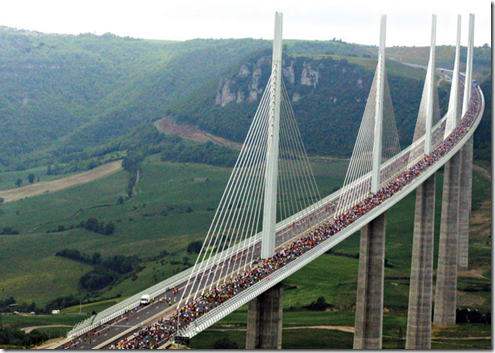

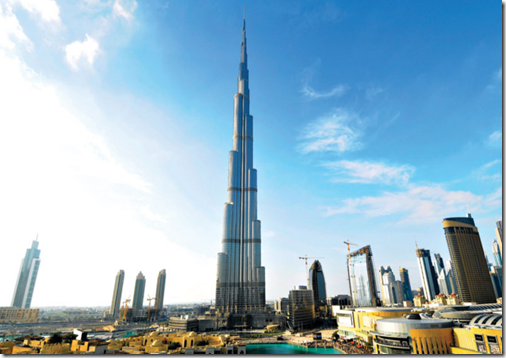
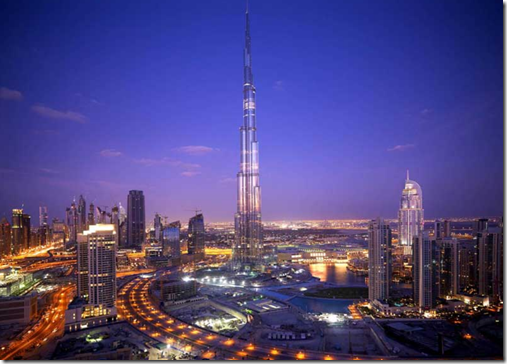

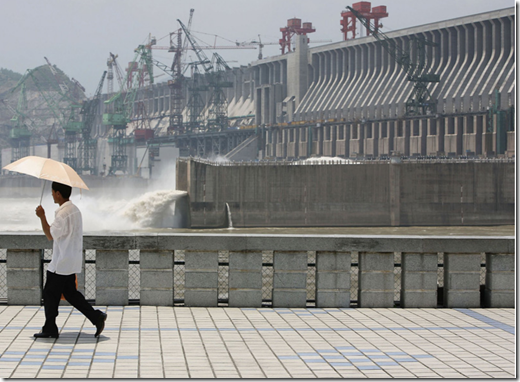
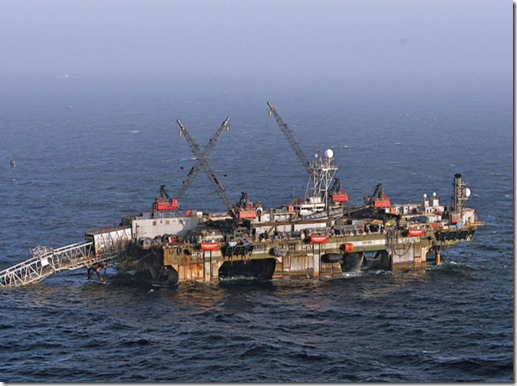
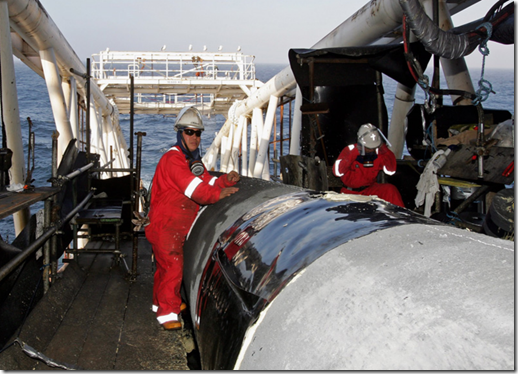
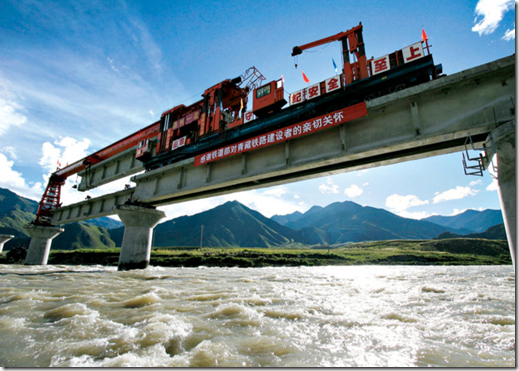
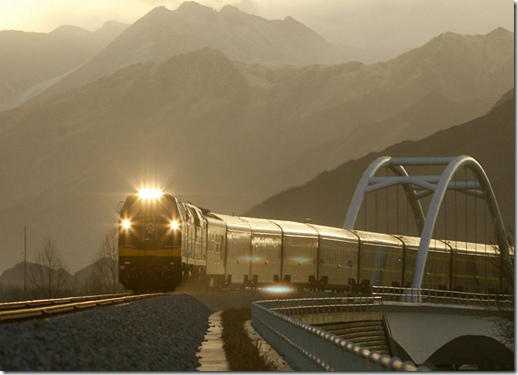
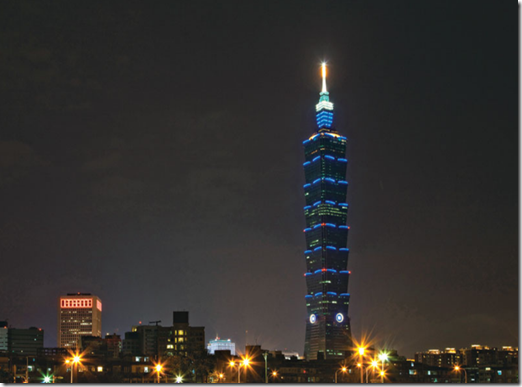

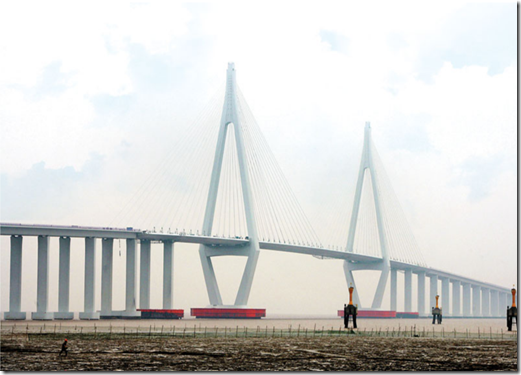
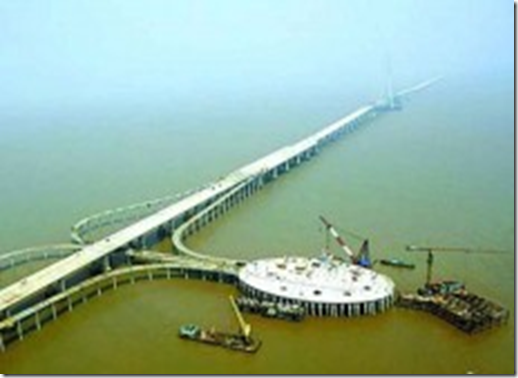
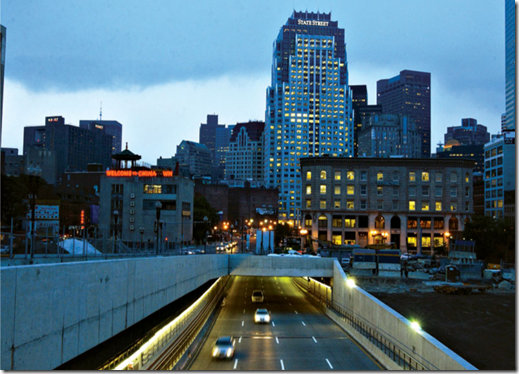
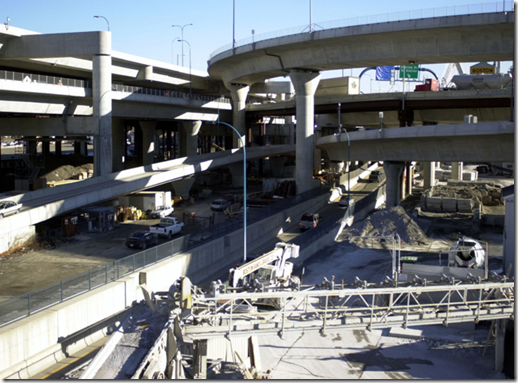
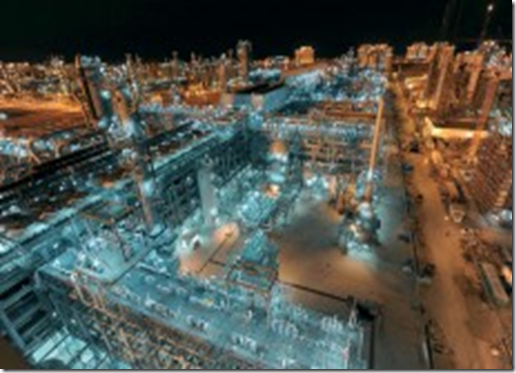



No comments:
Post a Comment
Please adhere to proper blog etiquette when posting your comments. This blog owner will exercise his absolution discretion in allowing or rejecting any comments that are deemed seditious, defamatory, libelous, racist, vulgar, insulting, and other remarks that exhibit similar characteristics. If you insist on using anonymous comments, please write your name or other IDs at the end of your message.